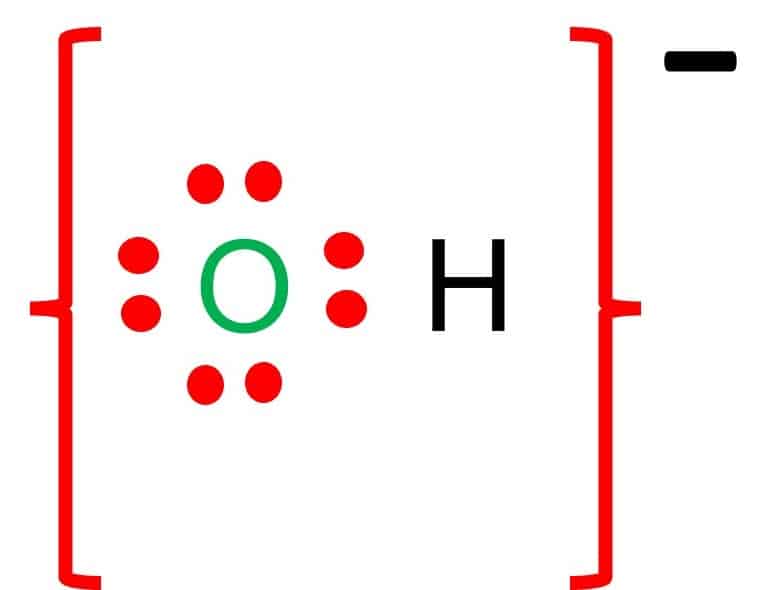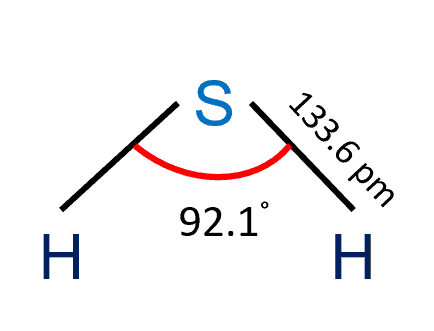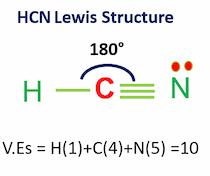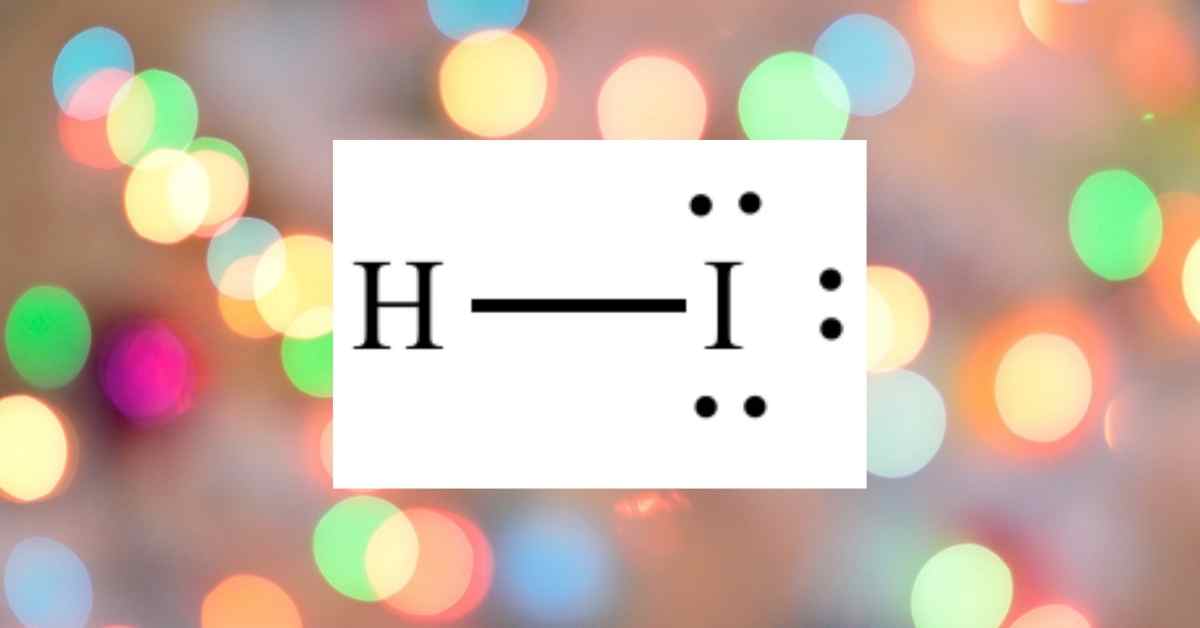Hydrogen oxide (Hydroxide) is a diatomic anion with the chemical formula OH−. It is made up of oxygen and hydrogen atoms that are bound together by a single covalent bond and have a negative electric charge. It is a significant but generally small component of water.

| Name of molecule | Hydrogen oxide (OH) |
| Molecular Geometry of Hydrogen oxide | Linear |
| Lone pairs of electrons | 3 |
| Type of bonding | Covalent |
| Molar mass | 17.007 g·mol−1 |
Table of Contents
Hydrogen Oxide Formula
The hydrogen oxide formula is OH. Since hydrogen oxide is a polyatomic ion that requires balance to be a member of a molecule, OH is written in “reverse order.” When OH bonds to another ion, the oxygen is usually the one that bonds to the other ion. As a result, it is written as OH to make it easier to understand how the molecule is linked.
Hydroxide Ion
The hydroxide ion is a natural part of water because of the self-ionization reaction in which its complement, hydronium, is passed hydrogen.
Summary
To summarize everything in this article, the following are some important points:
- Hydrogen oxide (Hydroxide) is a diatomic anion with the chemical formula OH−.
- OH, molecular geometry is linear.
- OH is a natural part of water.
More Interesting Links
Hydrogen Molar Mass
Hydrogen Phosphate Formula
Sodium Hydrogen Sulfate
Hydrogen Iodide
Is Hydrogen a Metal?
Frequently Asked Questions (FAQs)
Some of the frequently asked questions are given below
1. Is hydroxide toxic?
Hydroxide like Sodium hydroxide has the potential to be hazardous. It can cause harm if it comes into contact with your skin, is consumed, or is inhaled. Eating or drinking sodium hydroxide can result in severe burns, vomiting, nausea, diarrhea, chest and stomach discomfort, and swallowing problems.
2. What is the weight of water?
The weight of water is roughly 224 grams, according to the National Institute of Standards and Technology (half a pound). A liter of water weighs approximately 1 kilogram (2.2 pounds), according to the United States Geological Survey (USGS). A gallon of water weighs roughly 3.79 kg, according to the USGS (8.35 pounds).
3. What is hydrogen bonding?
The hydrogen bond (H-bond) interaction is a dipole-dipole interaction. It is not a chemical connection in the traditional sense. It occurs when a hydrogen (H) atom is linked to a highly electronegative atom (fluorine, nitrogen, or oxygen) and is in the proximity of another electronegative atom with a single electron.
This bond is weaker than ionic or covalent bonds, but stronger than van der Waals forces.
4. Is there is hydrogen oxide bond in perchloric acid?
Perchloric acid (HClO4) is an inorganic corrosive liquid. It is most often encountered in the form of an aqueous solution. Because a cold 70% aqueous HClO4 solution is more strong than sulfuric (H2SO4) and nitric acids (HNO3). Perchloric acid contains one hydrogen oxide bond.
5. What are sodium phosphate formula and molar mass?
Sodium phosphate formula is Na3PO4
molar mass = (3 x mol mass of Na) + mol mass of P+ (4 x mol mass of Oxygen)
molar mass of Na3PO4 =3×23+1×31+4×16=164gmol−1
6. Is MgCl2 Ionic or Covalent?
When the magnesium atom loses two electrons to create the Mg2+ ion and each chlorine receives one electron to form the Cl– ion, an ionic connection is formed between the magnesium and chlorine atoms.
Check “Is MgCl2 ionic or covalent?”.
7. What is the hydrogen phosphate formula?
The hydrogen phosphate formula is [HPO4]2-. The molar mass of this compound is 95.97 g/mol. The ion is formed by the loss of two protons H+ from phosphoric acid H3PO4, which accounts for the ion’s charge of 2.
8. What is a hydrogen ion?
The nucleus of a hydrogen atom separated from its electron is known as a hydrogen ion. The hydrogen nucleus is made up of a proton, which is a particle with a unit positive electric charge.
9. Is hydrogen sulfide poisonous?
Hydrogen sulfide (H2S) is made up of a single sulfur atom bonded to two hydrogen atoms. It is a highly poisonous, flammable gas with the odor of rotten eggs that are frequently produced by bacterial decomposition of organic matter in the absence of oxygen.
10. What is the electronegativity value of hydrogen?
The electronegativity of hydrogen is 2.2.
Electronegativity is used to determine whether an ionic or covalent connection will form between two atoms. It can also determine whether the molecule is polar or nonpolar.
More Interesting Links
Sodium Sulfate- Miraculous salt
Molar Mass of Acetic Acid| Easy-Explanation
Fluoroantimonic acid-Super Acid
Electromagnetic Force
Chemical Formula for Water
Urea| Structure, Formula & Uses
Combustion Reactions
Sigma Bond- Definition & Explanation
- BCl3 Lewis Structure in four simple steps - November 1, 2023
- PH3 Lewis Structure in four simple steps - October 8, 2023
- PF3 Lewis structure in four simple steps - September 24, 2023



